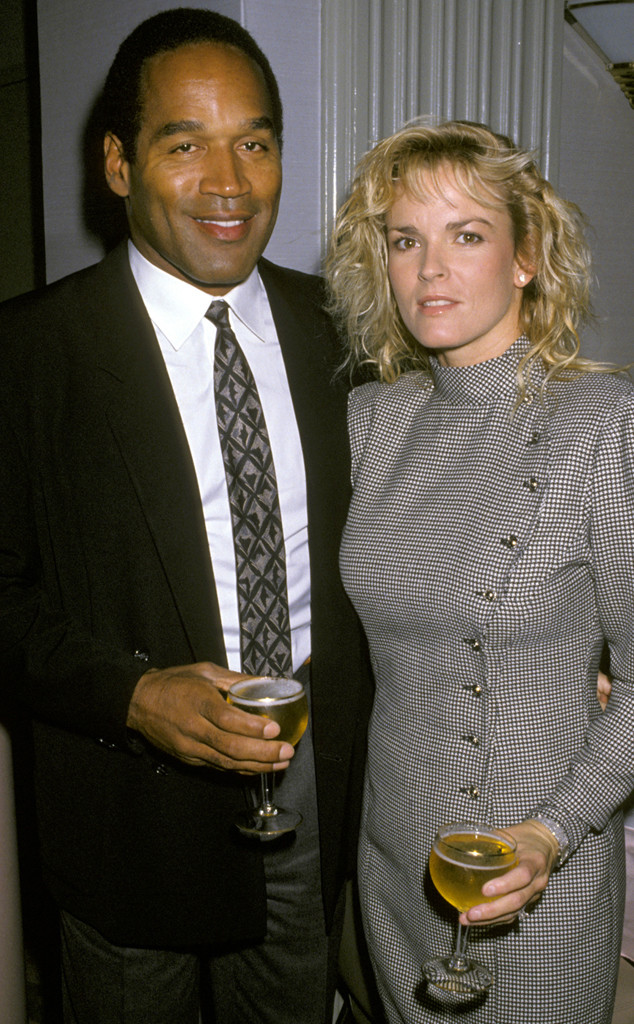May 06, 2018
Black/white intermarriage
In 1941, sociologist Robert Merton proposed a status exchange theory to explain the high proportion of black men—white women marriages. He suggested that men who have high economic or professional status, but who carry the stigma of being black, trade their social position for whiteness by marriage.
And that continued for a long time. The white women who married black men were usually in fact of lower social class. In a 1993 study, for instance we read: "The status characteristics of these marriages have remained traditional in the sense that intermarriage still occurs primarily when the white woman marries up in socioeconomic status".
In other words the woman was trading her white skin for a richer/better educated black husband. From a social psychological point of view that seems perfectly reasonable. Social psychologists usually regard all marriage as a trade: Each partner gives the other some things that they want.
In a 1997 study, however we see that things have changed slightly. We read:
"Interracial marriage tends to be educationally homogamous and the odds of interracial marriage increase with couples ’ educational attainment. Among interracially married couples with different educational attainments, both men and women from lower status racial groups but with high education levels tend to marry spouses from a higher status racial group with low education levels."
So we now have two groups: Most interracial couples are now of EQUAL status but there are still some unions following the old pattern of low status white woman and higher status black man
And in this century the situation has become overwhelmingly of equal status between the couples, probably associated with the fact that the rate of black/white intermarriage has increased markedly. The influences at work on such marriages have obviously changed. Recent studies tend to show that, as in most marriages, the black/white partners now tended to be of equal status. We read:
"Just as researchers’ assumption that women trade beauty for men’s socioeconomic status may have led to erroneous findings that seemed to support the “trophy wife” stereotype (McClintock 2014), researchers’ tendency to problematize interracial relationships may have generated a misleading focus on race-status exchange. In fact, interracial couples (like other couples) tend toward similarity in socioeconomic status (e.g., they have similar levels of education: Rosenfeld 2005). While I do not deny that social exchange may be a factor in romantic relationships, I think it is time that researchers reconsider the assumptions underlying their theoretical explanations. Do interracial couples really believe that the white partner married “down” in racial status? Or might they believe that in racial equality? Are minority women trading beauty and sexual access for white men’s race and income? Or might the white men also be good-looking? And might not women want sex too?"
And
"Minorities outmarried to Whites are often assumed to exchange their higher achieved status for an ascribed racial status. This study challenges this traditional exchange perspective by examining three SES measures (education, job prestige and income), using census 2000 PUMS data. Findings indicate that couples have similar statuses in all types of marriages, either endogamous or exogamous, and there is no evidence of status-caste exchange in intermarriage to Whites"
And:
"Socioeconomic status has little effect on whether adolescents choose an interracial partner"
Something else that all observers seem to agree on is that the rate of domestic violence is much higher in Black-man/white-woman marriages. So has that diminished as the marriages have become more equal? A 2009 study is much more interesting than a social survey would be:
"The number of interracial couples in the U.S. is growing, but they often receive little support. Although previous studies have explored the relationship between low social support and decreased relationship satisfaction in interracial couples, there are few studies on intimate partner violence (IPV) in these couples. To better understand IPV in interracial couples compared to monoracial couples, all police-reported IPV events across a municipality were examined. Odds ratios showed differences between interracial and ethnic minority monoracial couples. Interracial couples were more likely to have a history of prior IPV (OR = 2.60), engage in mutual assault (OR = 2.36), and result in perpetrator arrest (OR = 1.71) than ethnic minority monoracial couples. Victims of IPV in interracial couples were also more likely to be injured (OR = 1.37). There were no significant differences between the couples in terms of substance use or children present during the IPV event. Differences between IPV in interracial and White couples also emerged. Interracial couples were more likely to have children present (OR = 1.84), to have a prior report (OR = 1.98), to result in victim injury (OR = 1.73), and to result in perpetrator arrest than White couples (OR = 2.18). Interracial couples were more likely to engage in mutual assault than White couples (OR = 2.94). However, interracial couples were about 50% less likely than White couples to use drugs or alcohol before or during the IPV event. Research is needed to better understand the unique challenges and needs faced by interracial couples to help them sustain healthy partnerships."
So it would seem that the levelling out of social status between black/white partners may have reduced domentic violence in such relationships but it has certainly not eliminated it. Mixed marriages are still much more violent than white/white marriages -- JR.

Nicole Brown married and was murdered by O.J. Simpson
Go to John Ray's Main academic menu
Go to Menu of longer writings
Go to John Ray's basic home page
Go to John Ray's pictorial Home Page
Go to Selected pictures from John Ray's blogs